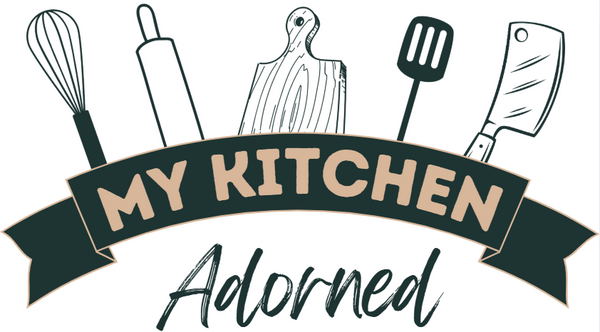Pros and Cons of Maple Cutting Boards
Share
Pros and Cons of Maple Cutting Boards
Maple cutting boards are a popular choice among both home cooks and professional chefs for several reasons. However, like any material, they come with their own set of advantages and disadvantages. Here’s a detailed look at the pros and cons of maple cutting boards:
Pros:
-
Durability:
- Hardness: Maple, especially hard maple (such as sugar maple), is known for its impressive hardness and strength. This makes it highly resistant to scratches, dents, and general wear and tear, ensuring a long-lasting cutting surface.
- Stability: The dense grain of maple provides a stable cutting surface that doesn’t easily warp or split with proper care.
-
Knife-Friendly:
- Balance: Maple cutting boards offer an excellent balance of hardness that is tough enough to resist cuts but still soft enough to prevent excessive wear on knife blades. This helps maintain the sharpness of your knives over time.
-
Hygiene:
- Antibacterial Properties: Maple wood has natural antibacterial properties, which make it a hygienic option for food preparation. The wood’s tight grain structure helps prevent moisture and bacteria from penetrating the surface, reducing the risk of contamination.
- Easy to Clean: Maple’s smooth surface is easy to clean, and with regular oiling, it can be maintained to keep its hygienic properties.
-
Appearance:
- Aesthetic Appeal: Maple cutting boards have a light, neutral color with a subtle grain pattern, making them versatile and visually appealing in a variety of kitchen settings. They add a touch of elegance without overshadowing other kitchen elements.
-
Cost:
- Affordability: Compared to some other high-end woods, maple cutting boards are relatively affordable. They offer a high-quality option without the premium price tag associated with more exotic woods.
Cons:
-
Staining:
- Color Sensitivity: The light color of maple wood makes it more prone to showing stains from foods like beets, berries, and other deeply pigmented items. Over time, these stains can become noticeable and may require more diligent cleaning to keep the board looking pristine.
-
Maintenance:
- Regular Oiling: Like all wooden cutting boards, maple boards require regular oiling to prevent them from drying out, cracking, or splitting. This maintenance routine can be seen as a downside for those looking for a more low-maintenance option.
- Sanitizing: While maple is naturally antibacterial, it still requires proper cleaning and sanitizing after each use to ensure food safety.
-
Weight:
- Heaviness: Hard maple cutting boards can be quite heavy, especially in larger sizes. This can make them cumbersome to move around the kitchen and might be less convenient for some users.
-
Susceptibility to Moisture:
- Water Damage: While the dense grain of maple helps resist moisture to some extent, prolonged exposure to water can still cause the wood to warp or develop mold. It’s important to dry the board thoroughly after washing and avoid soaking it in water.
-
Initial Investment:
- Higher Initial Cost: Although maple is more affordable than some exotic woods, it is still more expensive than plastic or bamboo cutting boards. The initial investment might be higher for those switching from cheaper alternatives.
Conclusion
Maple cutting boards offer a great combination of durability, hygiene, and aesthetic appeal, making them a top choice for many kitchens. Their balance of hardness and knife-friendliness, along with natural antibacterial properties, provide practical benefits for daily use. However, the need for regular maintenance, potential for staining, and weight can be considered drawbacks. If you’re looking for a high-quality, reliable cutting board and don’t mind the upkeep, a maple cutting board is an excellent investment for your kitchen.
